Are you installing a new air conditioning system, and you’re unsure what size of line set to use? You’ve come to the right place, for we have researched this question, and we have the answer for you.
You should never determine the line set size for an air conditioner installation based on the unit's ton capacity. The manufacturer always determines the line set size. This information is provided in the air conditioner's installation instruction manual.
Learn more about line sets in the sections below. The information in the succeeding sections will help you understand why it is important to never deviate from the measurements provided by the manufacturer. Read on!
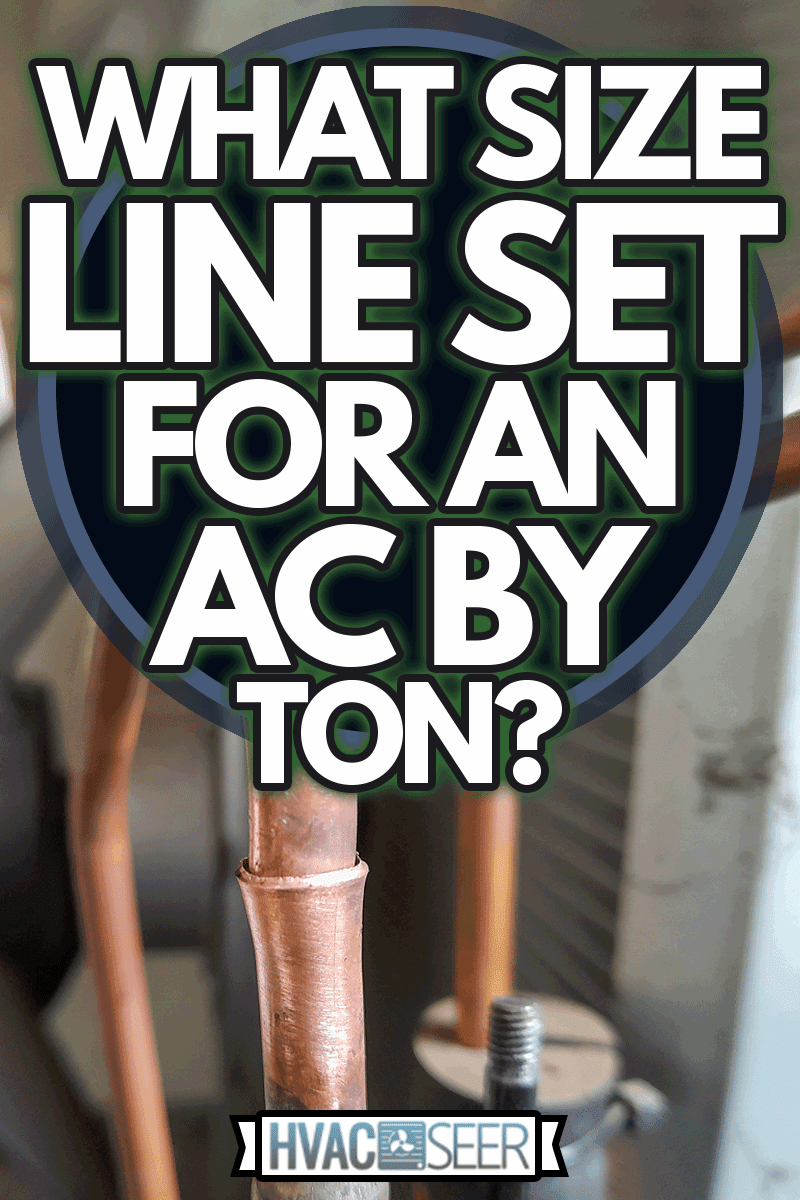
What is a line set in an air conditioner?
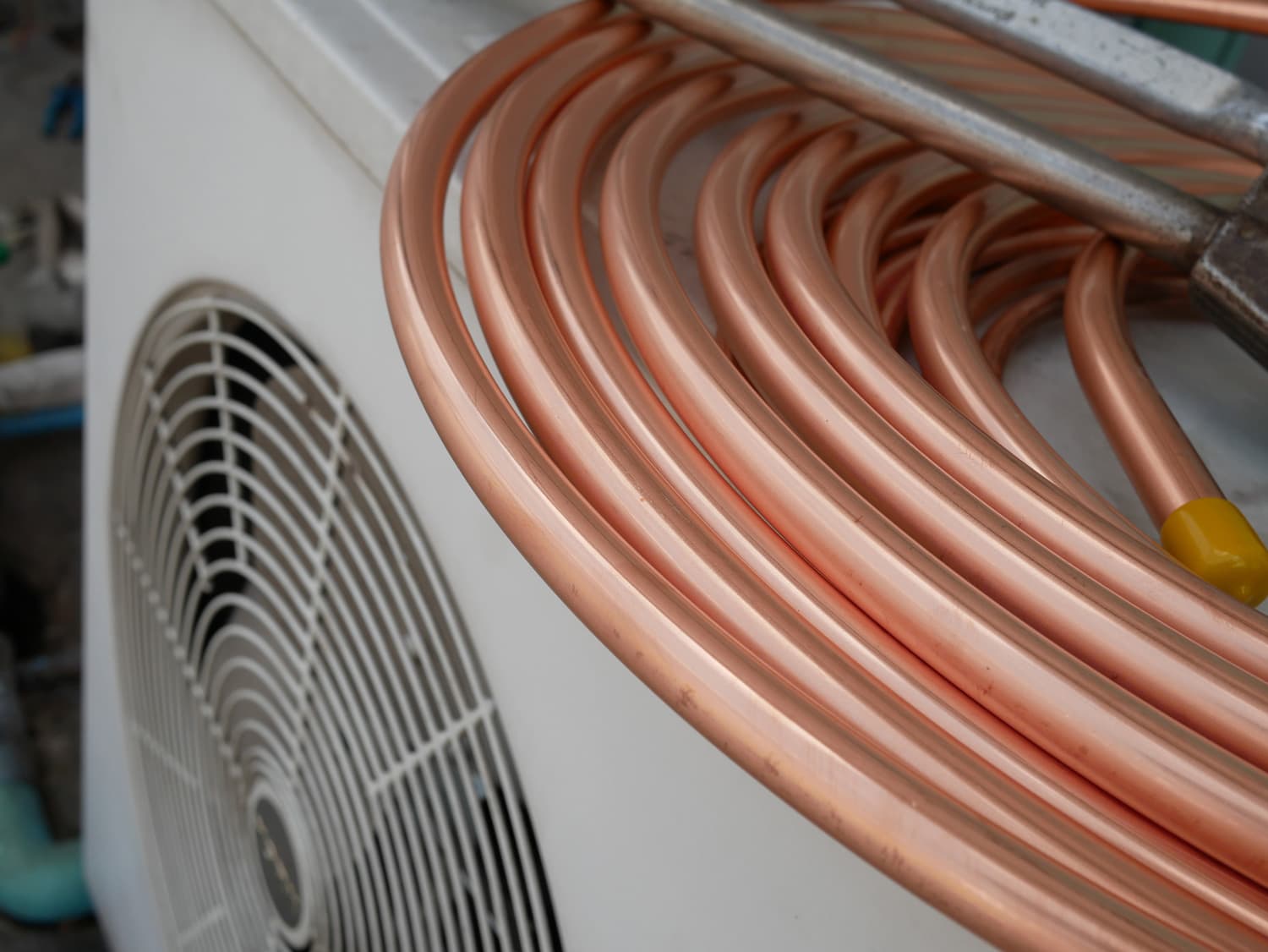
Line sets are semi-flexible copper pipes that connect the outdoor unit to the indoor unit—connecting the compressor outside your house with the evaporator inside. There are always two pipes in an AC line set—the suction or vapor line and the liquid line.
What is an AC suction line?
The suction line has the larger diameter of the two pipes. It is also always insulated by at least a three-quarter-inch insulation. The suction line is responsible for carrying the gaseous refrigerant back to the compressor to be turned into a liquid once more.
The suction line must be of the exact size provided by the manufacturer. It cannot have a smaller or larger diameter than the suggested size.
How deviation in suction line size affects air conditioner capacity?
The suction line diameter should be the right size to minimize pressure drops. The smaller the pressure drop, the lesser would be the loss in capacity of your air conditioner.
However, keep in mind that bigger is not better when it comes to the suction line. When you have a suction line that is bigger than the recommended size by the manufacturer, you will end up with an unlubricated compressor and this will cause problems in the outdoor unit.
Refrigerant oil
When the gaseous refrigerant travels back to the compressor, it brings with it the refrigerant oil. The oil lubricates the compressor and keeps it running efficiently.
There will be too little friction generated by the gaseous refrigerant passing through if the suction line diameter is too big.
Too little friction means that it will not be able to bring back the refrigerant oil with it. Your compressor will fail prematurely without proper lubrication from the refrigerant oil.
Ideal refrigerant velocity
The ideal refrigerant velocity inside the suction line is 1,200 feet per minute. This is the ideal velocity needed by the refrigerant to bring back the right amount of oil to the compressor. Maintaining this velocity becomes more important for air conditioners that use two-stage and variable speed compressors.
Decreasing the suction line diameter results in a higher velocity of the refrigerant. A decrease in the suction line diameter increases pressure and thus increases refrigerant velocity.
An increase in velocity also increases the friction generated by the passage of the refrigerant gas.
An increase in friction means that the refrigerant gas will be able to bring with it a larger amount of refrigerant oil for the compressor. Unfortunately, a larger amount of oil going through the suction line means there is less refrigerant present.
A lesser amount of refrigerant results in a drop in capacity and a drop in efficiency as well.
If your compressor is getting less refrigerant per cycle, then it is eating up the same amount of electricity to convert less gaseous refrigerant into a liquid refrigerant. This means the compressor has to work twice as hard to produce the required amount of liquid refrigerant.
Unfortunately, if the compressor works twice as hard, you’ll have to pay more for the energy that it will consume.
Capacity drop
If your compressor produces less liquid refrigerant per cycle—because it is getting less gaseous refrigerant—then it will be able to send less liquid refrigerant back. Your air conditioner will have to work with less liquid refrigerant per cycle.
Less refrigerant will mean less capacity. Your air conditioner will not be able to cool as fast or effectively as before. And this forces your air conditioner to work harder. Your air conditioner, as a result, becomes less efficient.
A suction line with a larger or smaller diameter is not a good idea. Therefore, the best way to go is to stick with what the manufacturer recommended in the installation guide that came with your air conditioner.
What is an AC liquid line?
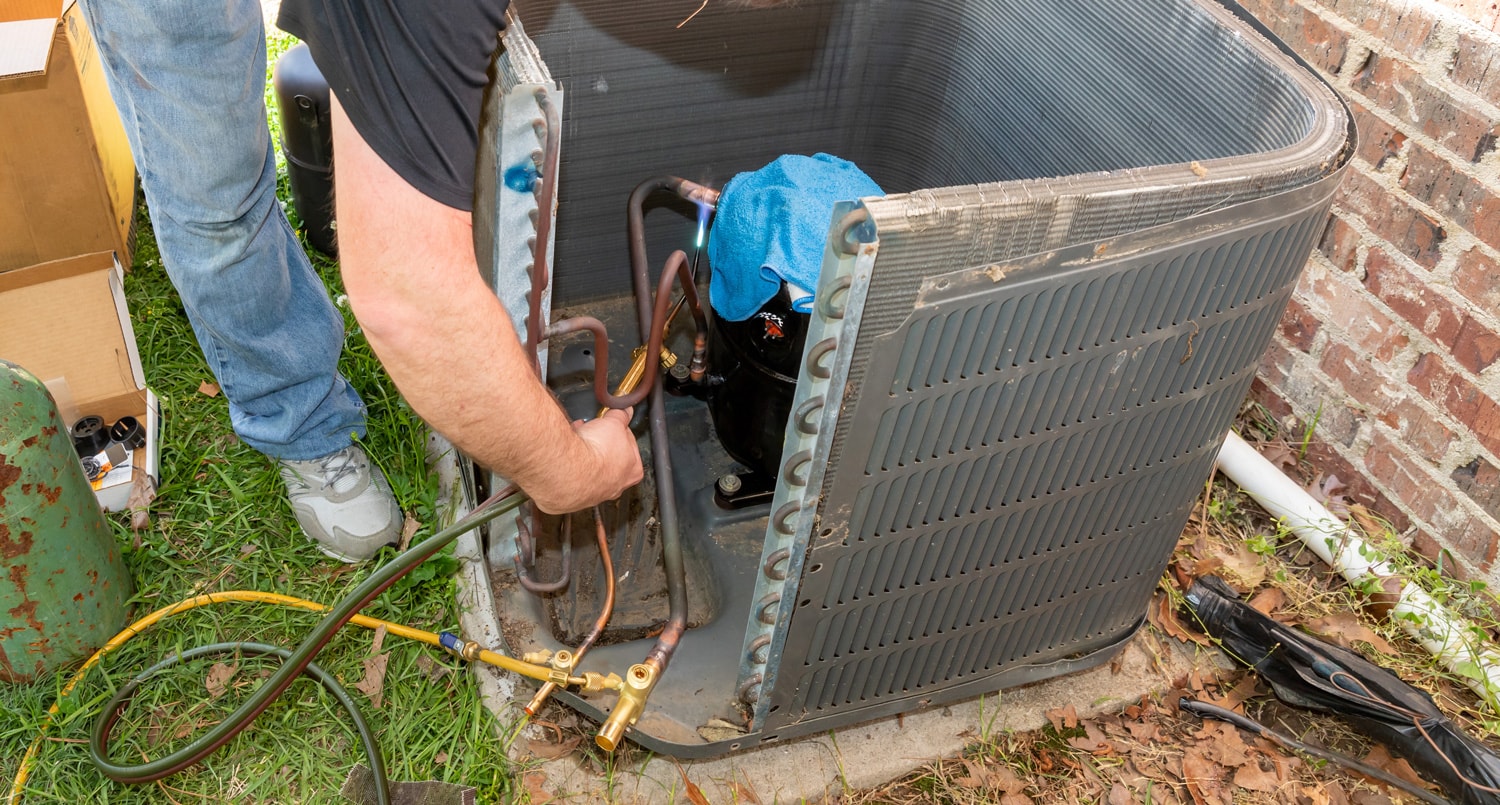
The liquid line is the smaller copper tube. It is where the liquid refrigerant passes through from the compressor to the evaporator.
It carries liquid refrigerant that occupies a smaller volume compared to a gaseous refrigerant. This is the reason why the suction line is always bigger than the liquid line.
How deviation in liquid line size affects air conditioner capacity?
Just like the suction line, the liquid line must be of the right size to avoid too much drop in pressure. Too much drop in pressure causes a large drop in air conditioner capacity.
However, the liquid line cannot have a large diameter. A liquid line that has a diameter that is too large will result in too much liquid refrigerant in the system. Too much refrigerant in the system can cause damage to your unit.
Too much liquid refrigerant
If the liquid line has a too large diameter, there will be too much liquid refrigerant that will get to the evaporator.
Too much liquid refrigerant in the evaporator results in too little superheat. In this situation, the liquid refrigerant can make it to the suction line (that we talked about earlier), the suction valves, or the crankcase.
Once the liquid refrigerant makes it to the compressor, it can damage the compressor, which will lead to failure because it is not supposed to handle liquid refrigerant.
The compressor should only handle gaseous refrigerant that will turn back into liquid form.
Small liquid line diameter
There will be a loss of capacity if the diameter of the liquid line is too small.
A small diameter will increase the velocity of the liquid refrigerant going into the evaporator.
However, if the liquid line diameter is smaller than what the manufacturer recommended, then the volume of liquid refrigerant that will get to the evaporator will also be less than what is optimum for the system.
A smaller amount of liquid refrigerant than what can be handled efficiently by the evaporator will cause the evaporator to be starved of liquid refrigerant. This will cause the evaporator to generate more noise than usual because there is more space inside.
An evaporator starved of liquid refrigerant will end up with higher levels of superheat. The evaporator will not run efficiently.
Thus, just like the suction line, the liquid line size should be exactly what the manufacturer has recommended, or it can cause inefficiency, louder system noise, operational problems, and ultimately compressor failure.
How do you calculate refrigerant for a line set?
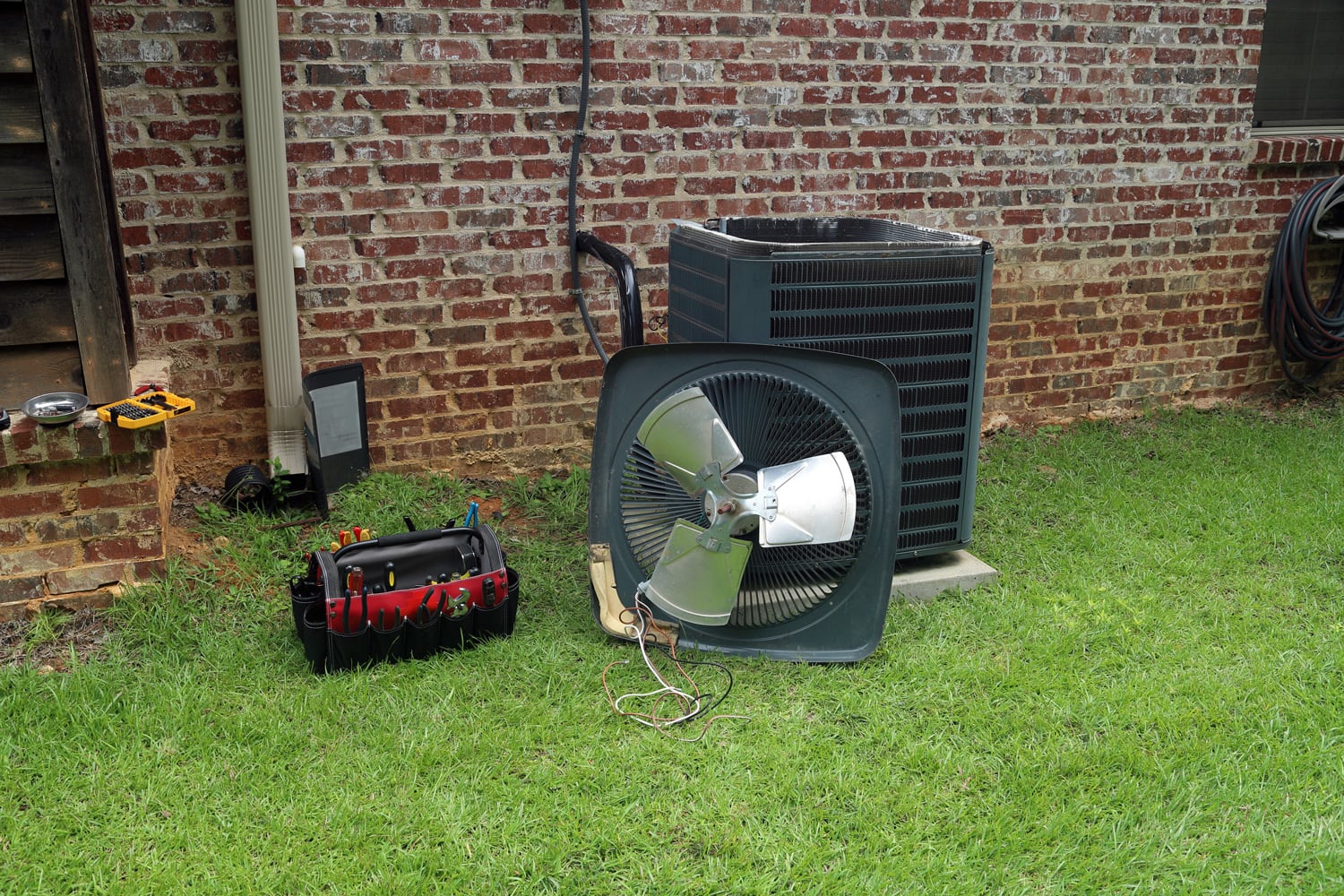
The installation guide provides the amount of refrigerant that is already in the system. It will also tell you the length of the line set that the AC is charged for.
The only time that you need to compute the amount of refrigerant is when you’re going to use a line set that is longer or shorter than the line set that the unit has been factory charged for.
One shortcut that you can do so that you don’t need to compute the refrigerant anymore is to use a line set length that is provided in the installation guide.
However, if there is no way for you to match the provided line set length, then you need to follow the steps below to compute the amount of refrigerant that you need to add or subtract.
- Measure the total length of your line set.
- Get the recommended line set length that is included in the charge.
- If the length of your line set is longer than what is provided, subtract the length provided by the manufacturer from your total length. If the length of your line set is shorter than the provided length, subtract the length of your line set from the provided length. This is the total length.
- Get the recommended size of the suction and the liquid line and refer to the table below:
-
- For suction line:
- 1/2" – 0.04 oz/feet
- 5/8" – 0.06 oz/feet
- 3/4" – 0.09 oz/feet
- 7/8" – 0.12 oz/feet
- 1 1/8" – 0.20 oz/feet
- 1 3/8" – 0.31 oz/feet
- 1 5/8" – 0.43 oz/feet
- 2 1/8" – 0.76 oz/feet
- 2 5/8" – 1.17 oz/feet
- For liquid line:
- 1/4" – 0.19 oz/feet
- 5/16" – 0.33 oz/feet
- 3/8" – 0.51 oz/feet
- 1/2" – 1.01 oz/feet
- 5/8" – 1.64 oz/feet
- 3/4" – 2.46 oz/feet
- 7/8" – 3.27 oz/feet
- 1 1/8" – 5.58 oz/feet
- For suction line:
- Take note of the oz/feet based on the suction and liquid line diameters. Example: if the liquid line is 1/4", take note of 0.19. Add the two oz/feet that you took note of. Multiply the total by the total length you obtained earlier. The answer will be in ounces.
- There are 16 ounces for every pound. Thus, we divide the total by 16 to get the amount of refrigerant that you need to add (if you have a longer line set) or subtract (for a shorter line set).
In Closing
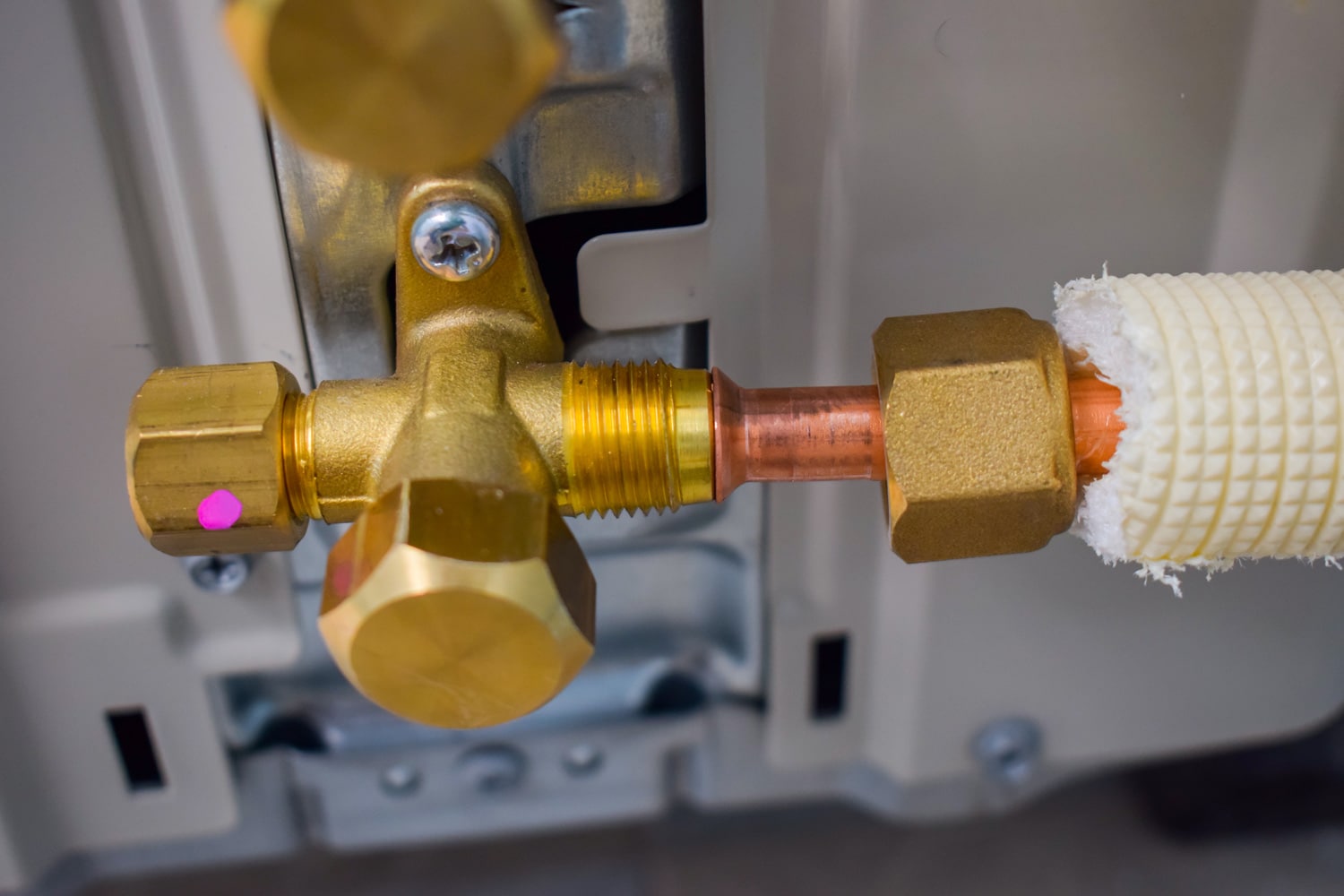
The size of the line set is always provided by the manufacturer, and it should always be followed.
If you enjoyed reading this article, you might find the articles below equally interesting:
